In this, the second of a three-part travel series on Israel/Palestine, Jenine Abboushi continues her dystopic journey.
From Jerusalem to Ramallah and Ain-Qinya
This is the continuation of Sudden Journeys: Israel’s Intimate Separations Part—I.
Friday is either the best or the worst day to travel from Jerusalem to Ramallah. It is not easy to work out how to approach this 16-kilometer journey, and the advice I received proved incomplete. It was inevitably so, as the Israelis have split and multiplied roads, landscaped and transformed environs at such a rapid pace that no one who lives in Palestine can determine where out-of-town Palestinians might have left off in the transformation of their world. It would be impossible for me to stay updated, even after (only) a seven-year absence, since early last July, as the regulations and circumstances change from day to day for Palestinian residents themselves—like a rug pulled out from under their feet repeatedly, and without warning.
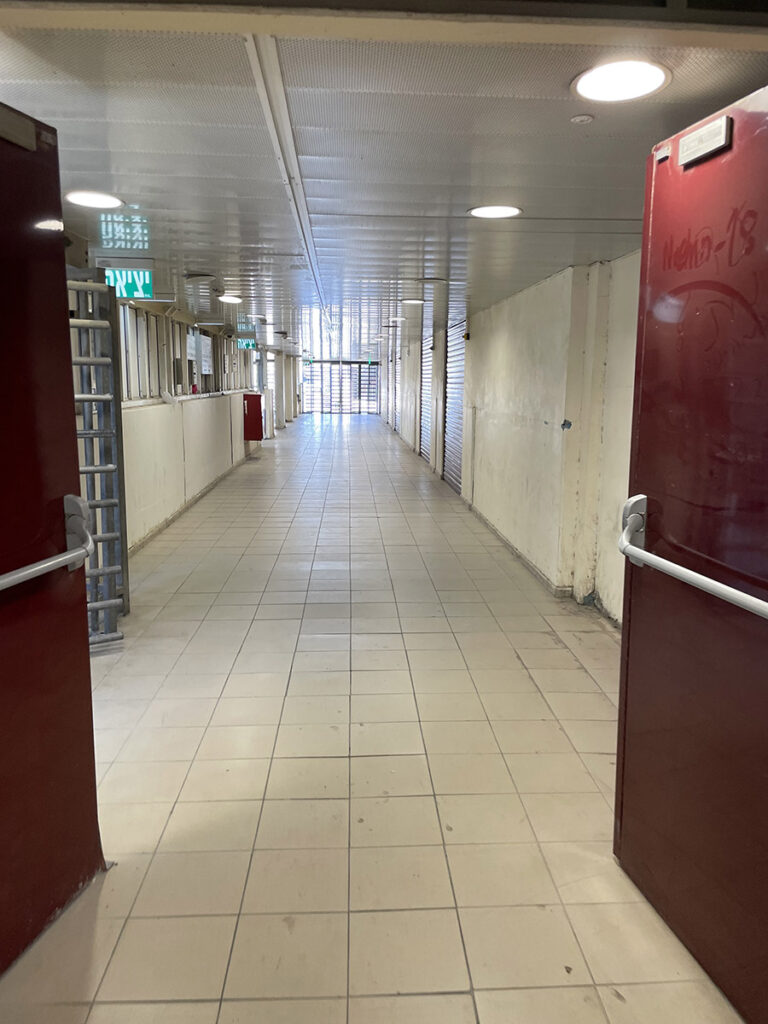
Friends advised me to take bus 218 from Nablus Road in Jerusalem because it goes all the way to Ramallah without letting us off at Qalandia, “the primary Israeli Defense Forces’ checkpoint between the northern West Bank and Jerusalem,” as Wikipedia informs us, with no mention of Ramallah. “Checkpoint” is a silly euphemism for the giant, electrified prison that we attempt to traverse — new and improved in 2019 to allow thousands more Palestinian laborers to enter Israel every morning. It now features “six metal detector stations and 27 automatic gates that electronically read biometric permits,” reports The Times of Israel. To further bloat Israeli systems with stolen information, Palestinian laborers are required to hold such permits, and yet their rights have been trampled for decades. Israel continues to illegally source their labor to build Israel—all of it, and not just the settlements — as Andrew Ross demonstrates in The Stone Men: The Palestinians Who Built Israel, arguing for legal reparations. And Suad Amiry strapped down her breasts to pass as a man and try out these treacherous labor routes in Nothing to Lose But your Life.
I pulled my carry-on along, shallow breathing at the top of my lungs. But where is everyone? Did the occupation suddenly abandon us?
A simple Google search to find practical information on how to reach Ramallah leads to old articles from 2012 and 2010 and to incidental virtual borders. Clicking on the first article opens a warning informing us that this website may be impersonating another, only to obtain personal and financial information. We are advised to click “return.” In reality, by compounding policies both overt and hidden, every non-resident is pressured to turn back, to not even attempt to enter Ramallah or anywhere in the West Bank. Large red signs warn visitors that they are entering the dangerous “Area A,” which is “under the Palestinian Authority,” and a final admonition addresses Israeli citizens that entering this land is against Israeli law. In addition to checkpoints, Israel of course has built an immeasurably complex, winding, mutating snake of a wall, blocking not only the Palestinians, but everyone from entering and witnessing what it is doing to people the other side.
Hence for those of us with no hawiya (residency permit), and all other visitors who wish to reach Ramallah, Israeli authorities have disappeared all travel information. Even once on the way there, there are no road signs indicating Palestinian towns, let alone villages (and only stark signs announcing Israeli settlements). We just advance in whatever vehicle we can towards who knows where (and luckily most drivers are experienced), realizing that we have arrived in Beit Hanina, then El-Bireh and Ramallah, only by signs of poverty and overcrowding, and by a brutal shift in surroundings from sleek and simulated, to higgledy-piggledy and painfully real.
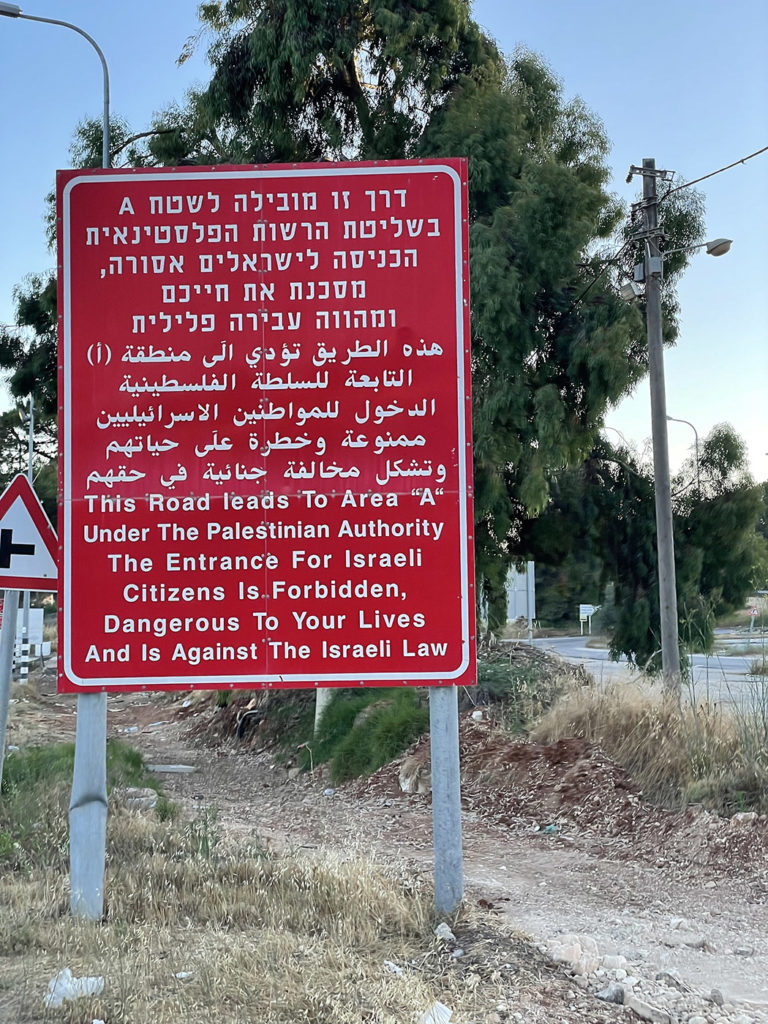
Riding on bus 218 on Fridays, as it turns out, can take us only as far as Qalandia. We arrived abruptly. We could not see much on our way there, as Israel’s cement wall, long and blinding, beats by the bus windows for many kilometers. On the other side of the Qalandia checkpoint, we will have to find alternative kinds of transportation, such as a seat in a mini-van. There were so few people in the bus that day that I lost sight of them almost immediately, transfixed for too long by the monster military installation before me. I tried to keep my eye on two women in thobes, traditional dresses, so as to follow them through this maze and whatever searches, interrogations, and “security” checks awaited us. But they had disappeared ahead of me — or maybe they never went through the building? I could not tell, and I walked alone.
I soon realized that I was completely alone, not in facing Israeli military officials, but the entire structure was empty of anyone at all. There were no soldiers carrying guns, no Palestinians trying to move through — no human presence. I advanced, surrounded by bright silence, through partially open-air corridors full of cameras, eyeing empty, bullet-proof booths. I was jumpy, and the first turnstile I pushed through with my hips felt almost alive. I pulled my carry-on along, shallow breathing at the top of my lungs. But where is everyone? Did the occupation suddenly abandon us? I wondered, unnerved. I wanted to run through and out, but instead managed to control my pace, thinking I could get shot, like so many other Palestinians on these stale borders. It is, after all, the longest military occupation in modern history, operating by definition with impunity.
Once I emerged on the other side, I saw people on the road getting into vans, and others walking unhurriedly. I got closer and questioned other escapees from this ghosted border, “Where are all the soldiers?” They seemed unmoved, and told me that no one comes on Fridays. I insisted, in disbelief, “You mean, the Israelis just leave Qalandia unguarded?” “Did you see all of the cameras?” came the obvious answer. The Israeli military is there, of course, as the cameras, in this case, replace actual soldiers — just like the vast surveillance system in the Old City of Jerusalem. The price would be high if anyone tried to bust it up.
There were only two vans going to Nablus, and none at that moment to Ramallah. The couple I questioned offered to take me in their car. On the way home, I thought of my son Millal’s face, seven years before on the bridge crossing from Jordan to Jericho. The wait was long, and we had to walk under a hot sun through a maze of metal rails, like cattle. He was 11 years old, and despite wearing a hat, his face was so flushed I felt desperate. When we finally reached the first Israeli soldiers, they put a thick rectangular white sticker on my daughter Shezza’s passport — the same one, I recognized, that they regularly put on my passport thirty years before when I was her age. We darkly joked about how I graduated from getting one, and now she is marked for interrogation. Six hours later when they had finished making us wait, and female soldiers of her same college age strip-searched and interrogated my Shezza (asking her, she later told us, if we were really her mother and brother, or if she had hired us to accompany her!), we made it to the final passport control line. Suddenly I was escorted out of line, much to our surprise. And by chance I got an intelligence official mild-mannered enough to be a professor, who let me keep the door open and my children sitting just outside his “office,” while he dutifully added more details of my family genealogy and whereabouts into his forensic data base.
Little compares to what most Palestinians living under occupation experience every day. But after long absences, it is startling to recognize the same patterns of Israeli repression and control, from mother to daughter and over thirty years, and to realize how for all Palestinians living in or returning to their hometowns, every day is Groundhog Day. And the Israelis have adopted fresh, dark practices too, as they continue to lose control — unaware and by their own hand — of the gears of their exclusivist national project.
The Ramallah-El-Bireh town center has become very poor, as Israeli water and land theft has pushed more and more people from the surrounding villages — deprived of their ancestral lands and orchards — into towns to seek work. The soft, terraced hills just around Ramallah are now filled with ugly block buildings topped with black water tanks. Palestinian developers progressively demolish traditional limestone homes with red-tiled roofs to make room for these practical building blocks. Israeli rapacity has forced us to uglify our towns, particularly those near Jerusalem, to accommodate the numbers of the impoverished and disinherited.
It was once not difficult to differentiate between the unsightly, cheap Israeli constructions (as most state money funded the Israeli military), and Palestinian dwellings, which traditionally are constructed in organic harmony with the land. When I was a child, to me the difference was starkly aesthetic. And yet this past summer, in traveling by bus or service taxi from Jerusalem to Ramallah, and then from Ramallah to Bethlehem, Hebron, and Nablus, I often had trouble differentiating between conglomerations of new constructions, Israeli or Palestinian (especially Rawabi, a new Palestinian neighborhood of Ramallah that simulates Israeli settlements). “Water tanks means it’s us — no tanks, it’s them,” I offered the young taxi driver a few days later, on the way to Hebron, in an attempt to clear my confusion. He laughed at this method, nodding his head.
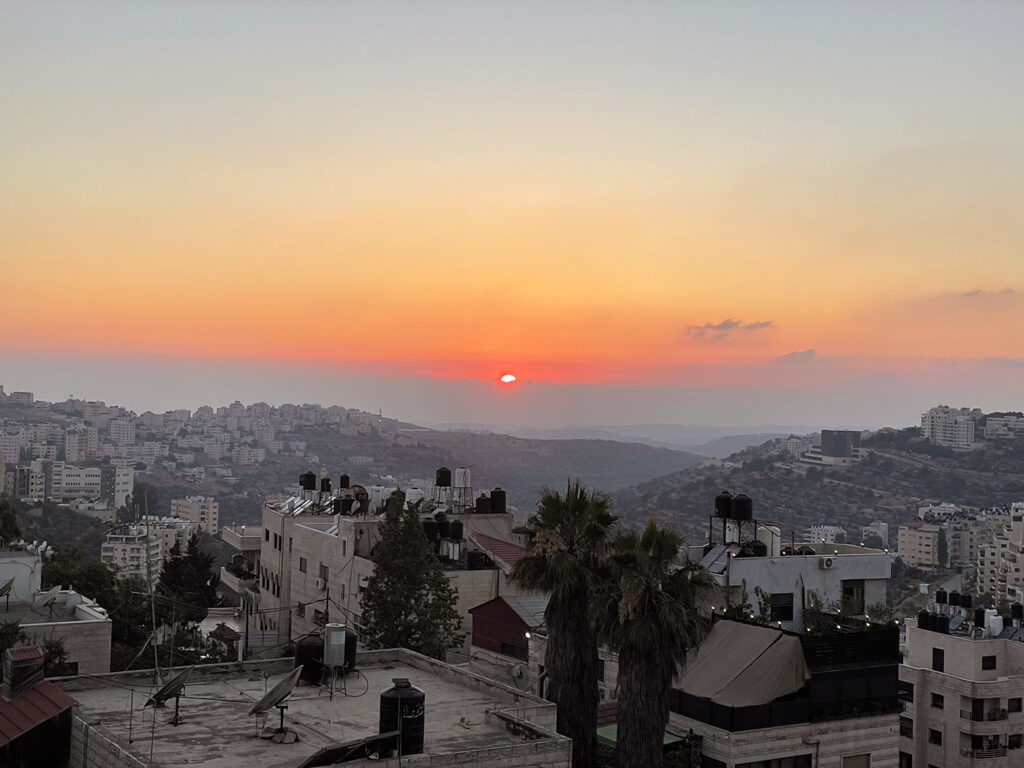
Israeli settlements used to line hilltops around Palestinian towns and villages at a distance, in uniform barracks, encircled by layers of barriers and powerful lights, like prisons. (My friend Samia told of her relative’s child who would not stop asking about these barricades, as well as Israel’s “separation” wall, and her mother explained to her that the Israelis want to imprison themselves.) Now many of these settlements are proper towns, albeit soulless and uniform. But the biggest shock is their close proximity to the Palestinians. The Israelis have swallowed up so much land that they are living smack up next to dense Palestinian towns and villages. The result of Israel encroachment, frenzied and ongoing, firmly defeats its own declared objective of creating a comprehensive “security” separation against the Palestinians. Indeed, it would be hard to challenge Abdaljawad Omar (writer and lecturer at Birzeit University) in his understanding of Zionism as a “neurotic political movement.”
“How can we make 2.5 million Palestinians in the West Bank feel that they cannot lift their head up? We will make them understand that we control their lives.”
Former Israeli soldier @origivati told me what most haunts him from the time he served in Israel’s army. @BtSIsrael pic.twitter.com/5yisLyHwfS
— Dena Takruri (@Dena) October 28, 2022
“It’s a struggle between greed and stupidity,” summarizes my cousin Ali, recounting to me, my friend Ruba, and his wife Tafeeda, during breakfast at his home on the Ramallah hills, what he had once remarked to a surprised, high-ranking Israeli official a number of years ago when he held a PA (Palestinian Authority) post. Researcher and full professor at Birzeit University (my alma mater), he has written important studies on history and politics in Palestine. He adds that he had to clarify to the Israeli official, for good measure: “your greed, and our stupidity.” And he insisted, “I mean, what are you doing? You are gobbling up so much land that you are now living right next to us and with us! And that is an entanglement.”
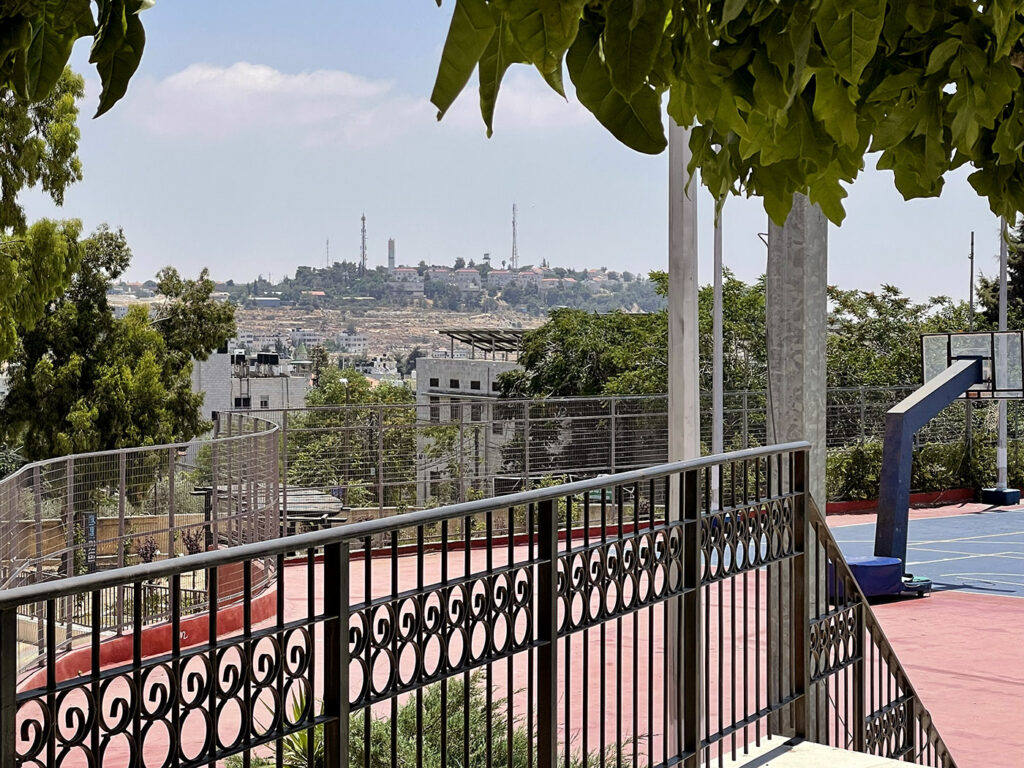
We laughed at Ali’s very Palestinian, double-edged wit. Indeed, living under Israeli occupation still involves two vital pursuits: first, working out movement, even within a single town, particularly in the present, dangerous times filled with predatory Israeli settlers operating in tandem with the army. Second is engaging in political discussion and analysis, which Palestinians of all ages and backgrounds are really good at.
The Israeli official that Ali spoke to, apparently in search of a useful intellectual exchange, got more than he bargained for. Ali declared that Zionism is a failure, and that in 50 to 100 years maximum it will cease to exist altogether (although it gained some extra years, he remarked to our breakfast group, with Israeli “peace” accords with certain Arab regimes). “Really?” I asked, encouraged by the possibility that my children, or at least my grandchildren, will have the choice of living in their now pluricultural ancestral homeland. “How are you sure we will not all be expelled?”
Ali explains. To humiliate us, the Israelis call 1967 the Six-Day War. But in fact, it is their most enduring disaster since the beginnings of Zionism. The Israelis really wanted to take over these 1967 lands, but without the Palestinians. And they got stuck with us. And since then, there’s absolutely nothing they can do about our endurance on our land. The Israelis won the war before they could do what they did in 1948 and organize the expulsion of Palestinians.
But in 1967, in fact, the Israelis had started the process of expelling the Palestinians. His wife Tafeeda remembers how they brought a fleet of buses to Tulkaram, her hometown in northern Palestine. They managed to force, at gunpoint, all the men of Tulkaram onto buses, and the buses actually left Tulkaram. “We still remember the town ahbel (mentally disabled man), how he marched up to the Israeli soldiers saying: “Is this where the men go? Well, I am a man, so I’m getting on!” he declared grandiosely, voluntarily climbing onto one of the deportation buses. “We have been retelling this story for decades, and we still die of laughter,” adds Tafeeda.
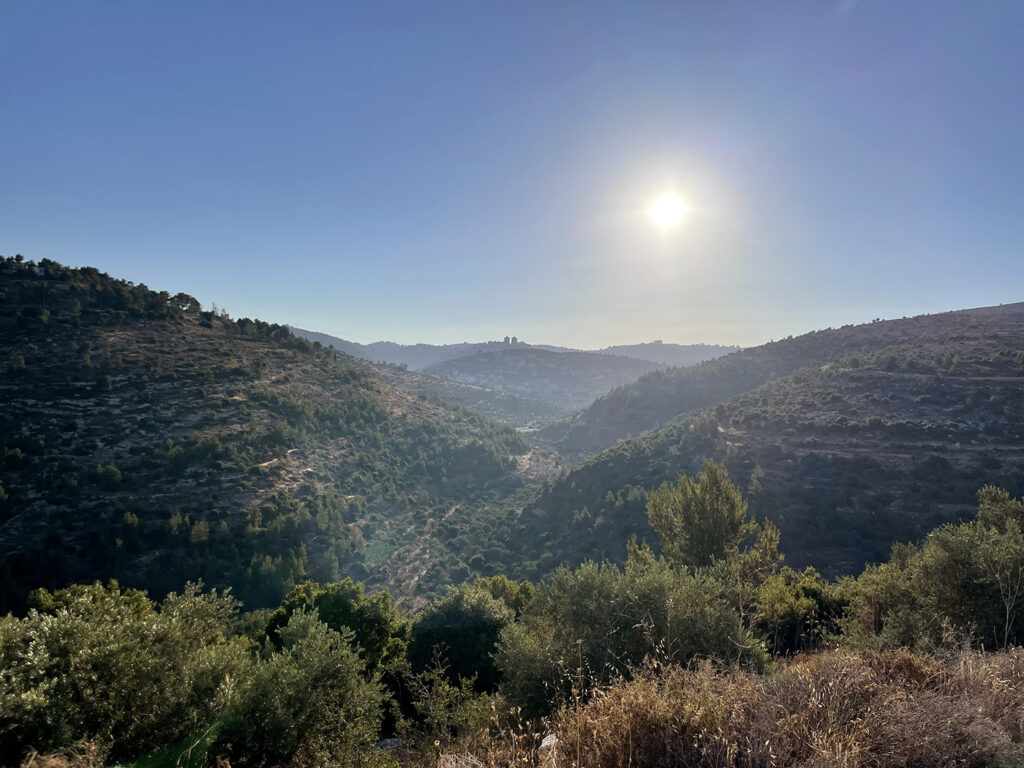
But the war was won before the buses reached the borders, leaving Israel with a land with a people — giving lie yet again to their founding myth. And the chauvinist ideology of Zionism leaves the Israelis innocent of any sense of historical irony. With no hesitation, then, they forced populations onto vehicles to transport them to hell, far from their homeland, turning them into perpetual refugees. Many Palestinians living under occupation have concluded that the Israelis have absolutely no idea what to do with them now, beyond mass imprisonment and subjugation. One of my Israeli friends thinks it is likely that soon the state will assassinate and/or deport the Palestinians on a scale grand enough to largely get rid of them, but it is not clear what will be the reaction of the United States and Western Europe — and this is the only thing that gives the Israelis pause. Today, in the historical land of Palestine, one half of the population is Israeli, and the other half Palestinian, as Ali underscores in our conversation, despite Israel’s best efforts to rid the land of its people.
“But what about pushing out most Palestinians through economic strangulation, the oppression of daily life with checkpoints, marauding settlers, land theft, and imprisonment? “Ok, yallah, hat tanshouf, let’s consider this,” rejoins Ali. “Say the Israelis succeed in driving us out by these methods. But which Palestinians flee these hardships?” he questions. “The middle class on up,” I answer without hesitation. “And who stays?” Ali asks. “The poor — who at this point in Palestinian history are more likely to resist the Zionist colonial project by any means they can.” “Exactly.”
During our three-day Friends School reunion (previously the Friends Boys School), we went on a hike from Deir Ibzea to Ein Qinya (see sakiya.org about their projects in this region). Our 1982 class included seven girls majoring in science and math. The school went coed shortly after 1982, the year of the Israeli invasion of Lebanon, the year we did not celebrate our graduation (and I picked up my diploma in a ponytail and striped overalls, amid my classmates dressed in long gowns, suits and ties, smartly prepared for compensatory class photos). On our hike, our expert guide Iyad took us to the ruins of a Roman summer house (what the villagers call Khirbat al-Tireh), now below ground level. Parts peeked out, like the top of a stately stone door frame, or an enormous stone olive grinder. A Roman ruler chose this very spot for the same reason we do — to dwell in its fragrant bounty and moving views, soft and earthy.
The Israeli settlement of Dolev is so close we can make out the details of the houses. It seems so settled a settlement, and yet in tight proximity, to the point of forced cohabitation, with Palestinians living on their own land for so many generations. Armed settlers regularly come to the spring, busy trying to steal both its waters and the land around it, in an ongoing struggle with Palestinian villagers. How many Palestinian springs have the Israelis stolen? Ein el-Qaws, Ein el-Ariq, Ein Al-Balad, Ain Um Al-Jarrah, Ein El-Junayna, and dozens more. Water is scarce and vital, and Gaza is parched and dying from drinking polluted water, the only water they have.
Always heavily armed, the settlers are lawless and terrifying, their violent rampages protected by the complicit Israeli army. The risk of running into them during our hike was not small, and if this happened it would not go well. The villagers often cross paths with the Israeli settlers in what little swaths of nature, around Ramallah and its surrounding villages, that remain free. We made our way to the irrigation pool of Ein Bubin, where someone had left behind a pink-orange towel. It remains in my memory like a beacon. We cannot know if it was forgotten by a Palestinian villager who bathed there, or was left by an Israeli settler, which added to the unease of our hike.
Yet we remained cheerful in our comradery, trailing along dry branches we collected as we walked. We used these to make a fire in the hills, and cook a large skillet of eggs, and another of foul (fava beans), with onions and tomato, which we ate with khiyar (cucumbers) and Samia’s homemade white cheese.
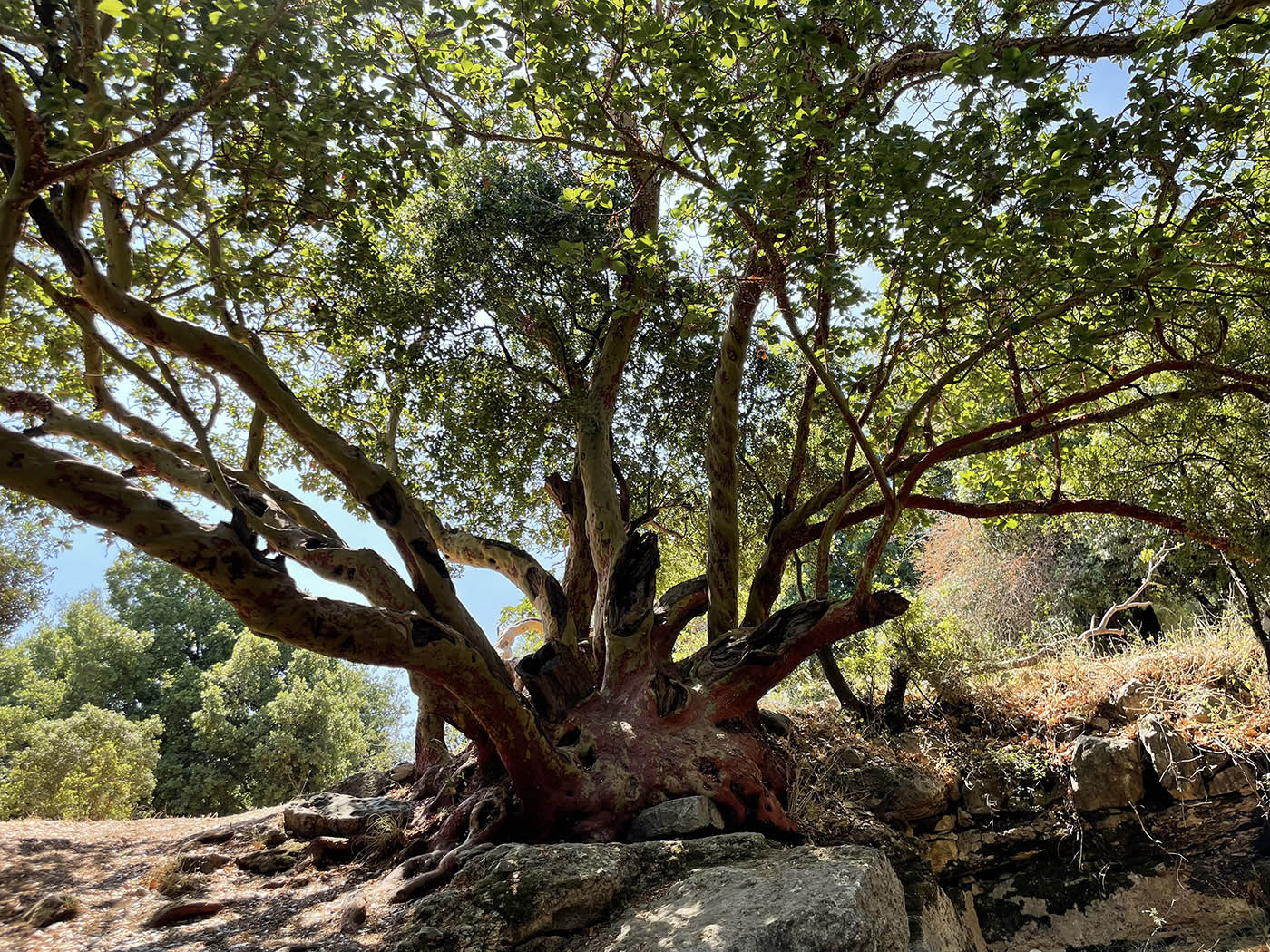
On our way back, we came upon an extraordinary tree with woven, blood-red roots. How poetic and primordial it is! Its genus I do not wish to learn, and prefer to hold it in my mind unnamed, belonging to itself alone. Its roots reach through time, open to deciphering — a hoary witness to the story of this heartrendingly beautiful land.
Read the continuation of this column in Part 3, Dec 5. Read Part 1.



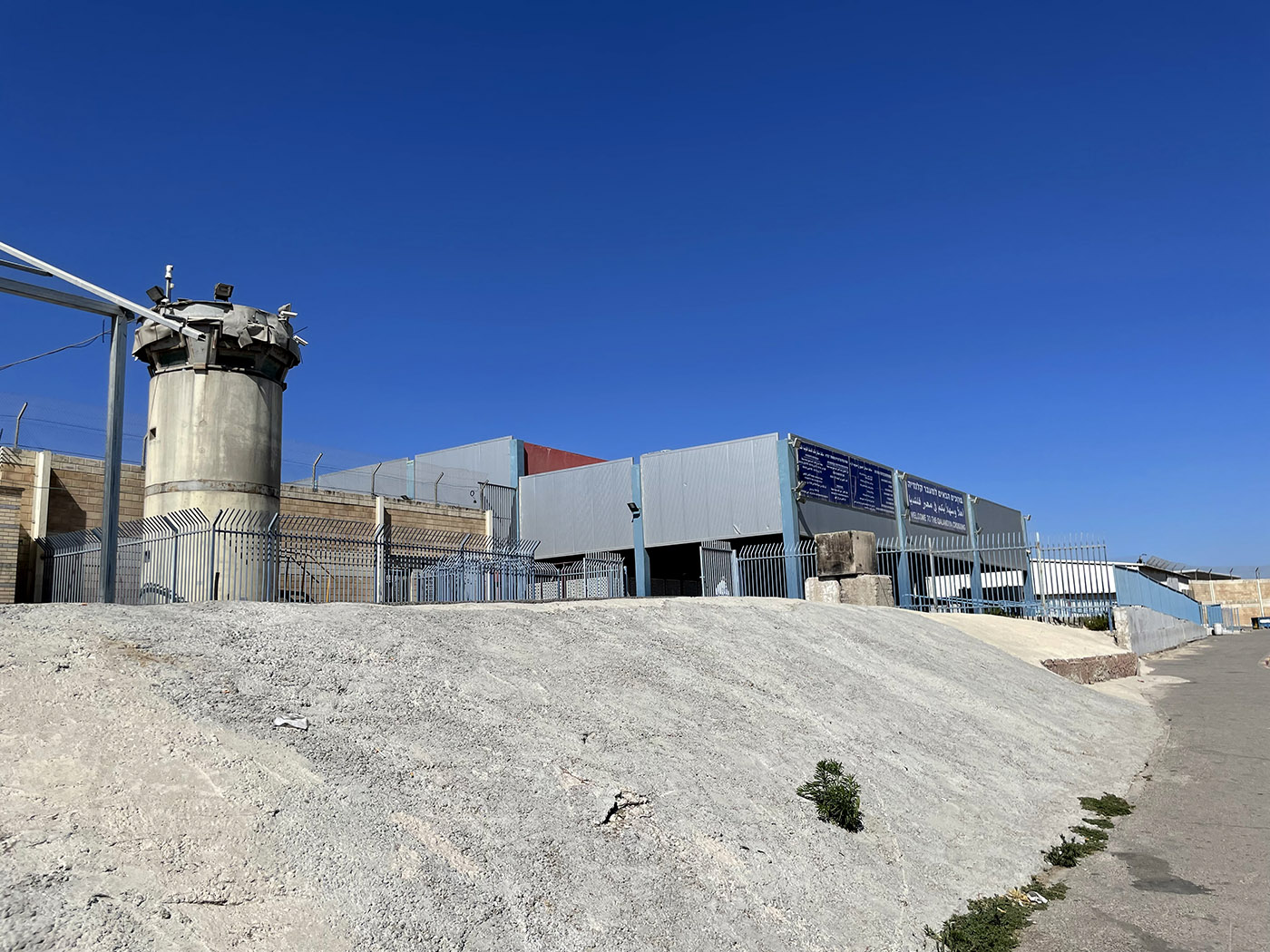
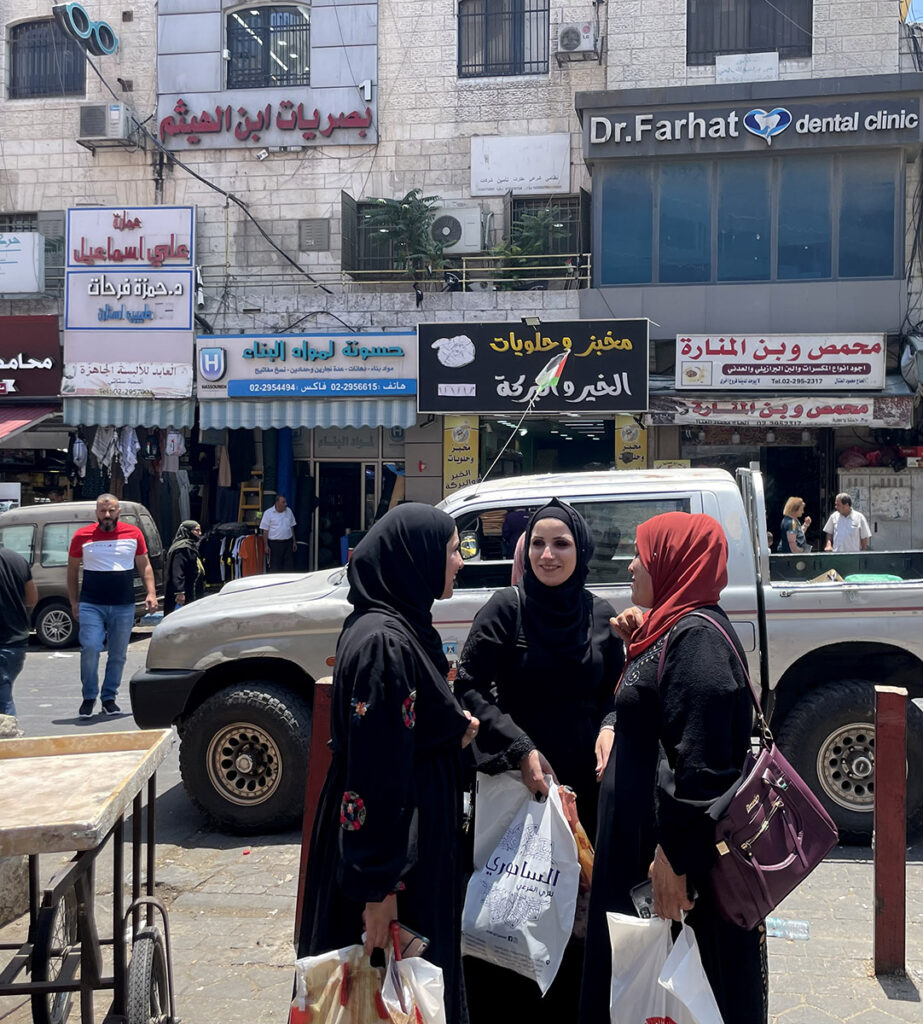
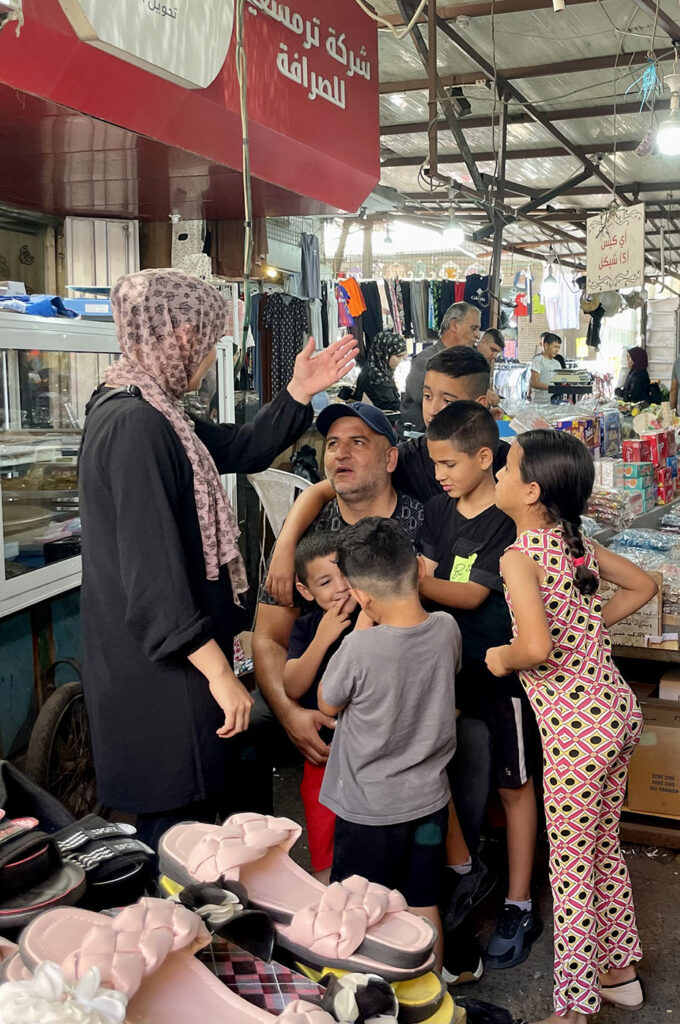
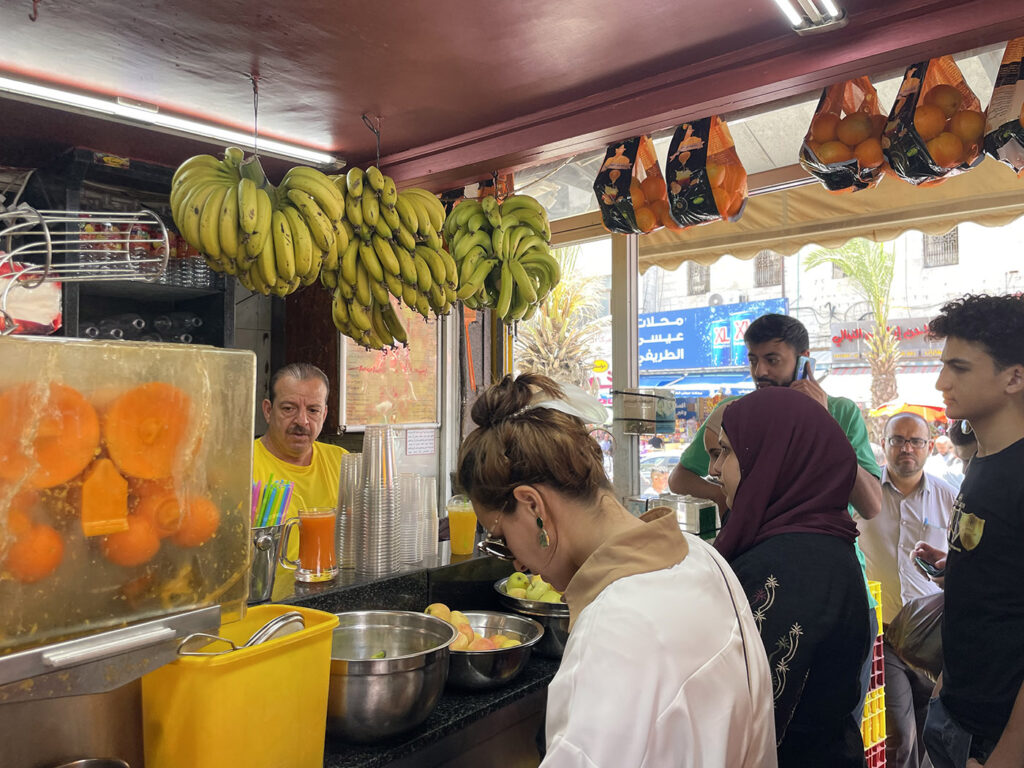

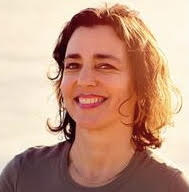
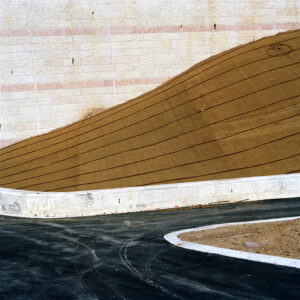
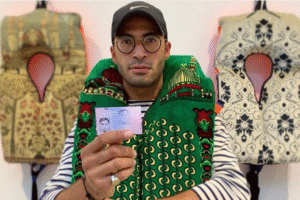
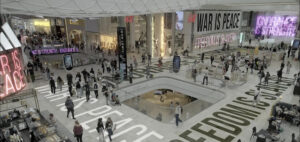
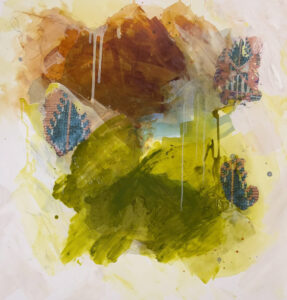

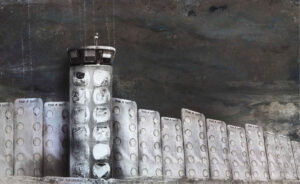

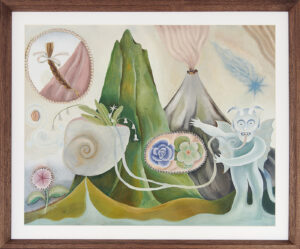
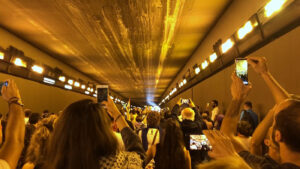

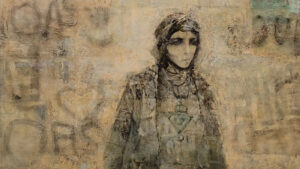
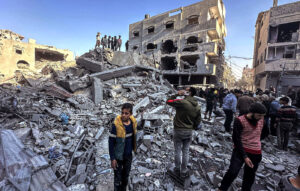
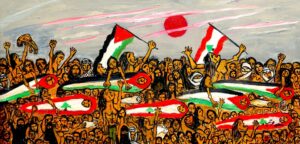

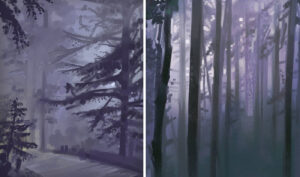


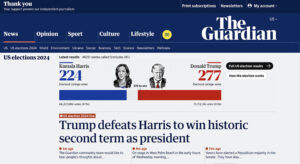



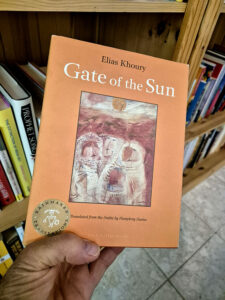
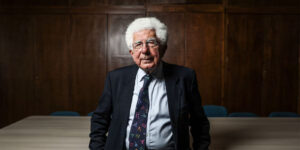

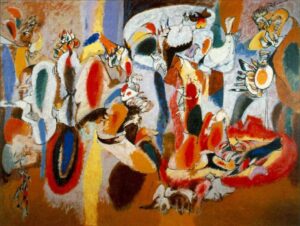


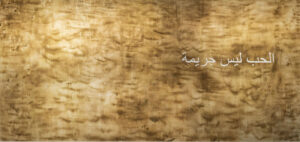
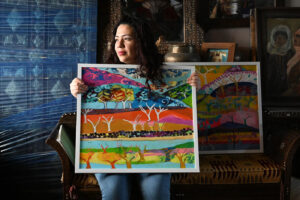
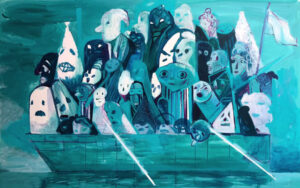
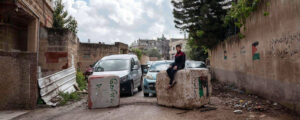
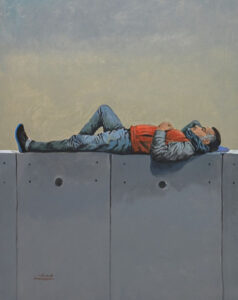



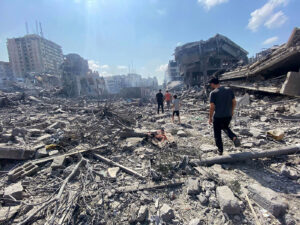








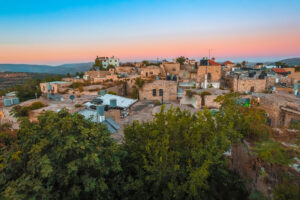
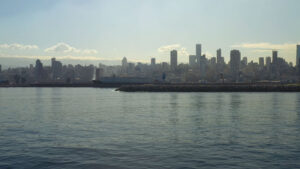



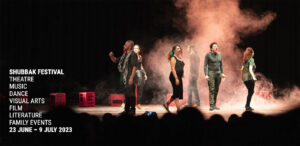
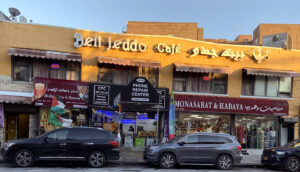






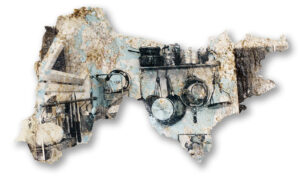

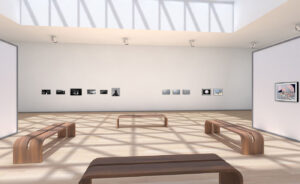
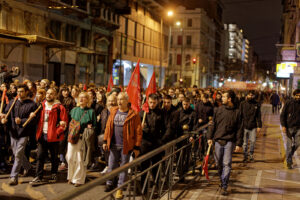
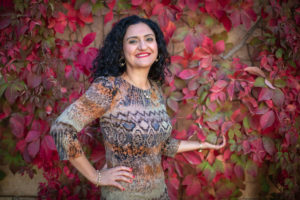
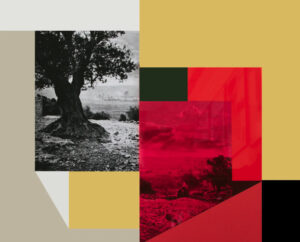
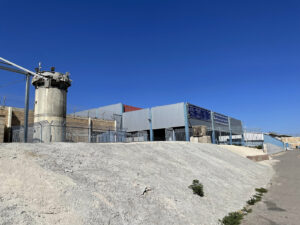
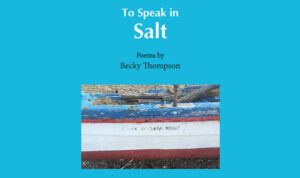
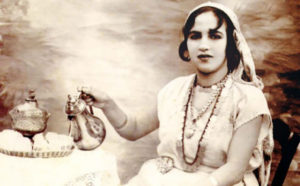
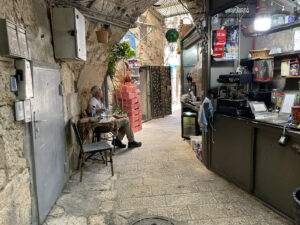
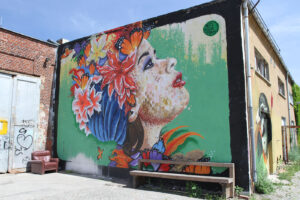
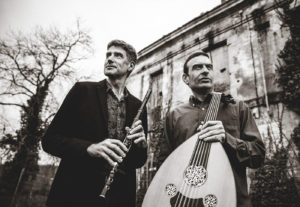


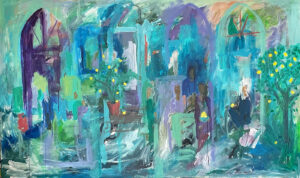

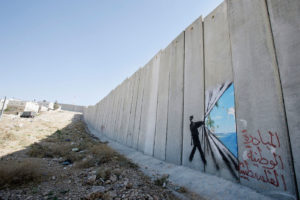
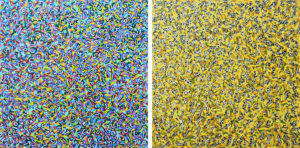
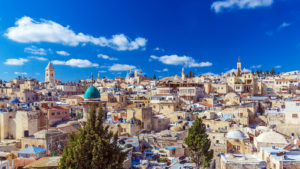
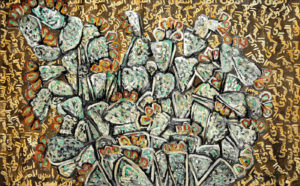

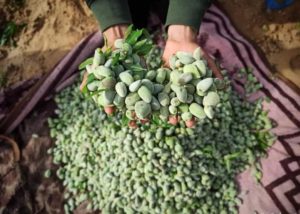
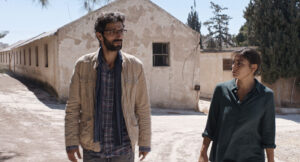

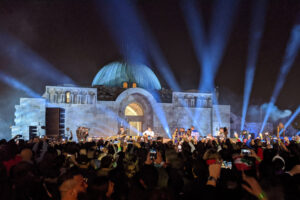

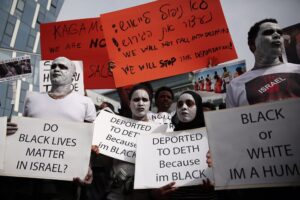
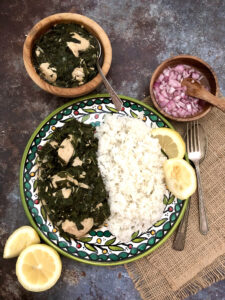
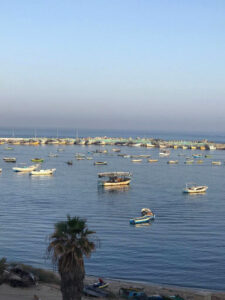
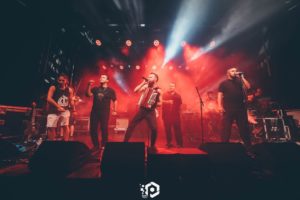

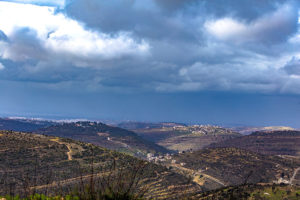
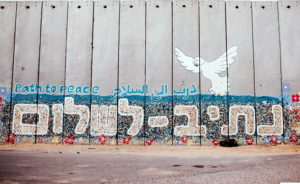

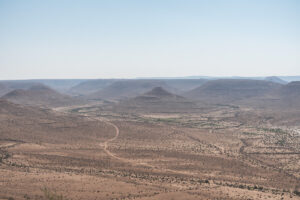

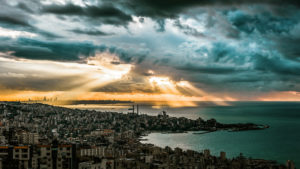
Hello Jenine, I read with great interest this article, as i have covered some of the same territory as a journalist, as an intimate friend of a Palestinian family in Bethlehem and Ertas village, and as a New Yorker-Parisian friend and cousin of Israelis mostly disgusted by the matsav, awda-ah, situation…especially after the most recent elections. But you jump all over the place in your writing. In no particular order…the springs around Ramallah stolen by Israelis, and in the same sentence “and Gaza is parched and dying….” This is literally all over the map, and very confusing.
Then you write that the Ramallah-El Bireh town center is poorer….but Ramallah is probably the wealthiest city in Palestine: traditional Christian money, non-traditional, non-Ayan money or industrial money like from Hebron. How many Pali-Americans moved to Ramallah, the hippest place in Palestine? How many stayed?
There is more. Your cousin Ali explaining that the Six Day War ended too quickly in the opinion of certain Israelis, because they did not have the time to kick out more Palestinians, so they got all the land…with people. This is worth writing about. I have never heard this before. You could have backed this up, quoting sources. And I agree with you…the Israelis do not know what to do with all these Palestinians.
But there is a lot more. Next to those ugly Palestinian apartment blocks all over Area A are extraordinary huge houses, built by wealthy Palestinians for extended families. You rarely see houses that big in Israel. This too is worth mentioning, because honestly, wealthy Palestinians do next to nothing to help the poor people. A dear Pali friend, in the Roots Association with settler neighbors, told me once, “until we Palestinians learn to take care of our poor the way the Israelis do, we don’t stand a chance.” He is right. And I could never confuse Area A apartments with red-tiled Israeli settlements, not a chance.
Keep writing. Google my name to see some of my articles from Bethlehem and one from Essaouira, Maroc.
best to you,
Brett Kline
Hello Jenine,
Beautiful writing, as always. We are transported, released, then transported again only to be thrown into another life and another scene, full of people, hope, anguish. I love how busy and animated your stories are. I always feel I’ve read the stories of hundreds of people through a few lines you bless us with – and this map is created in my mind of all these people and the intricacies of life and events.
I am Lebanese, but my love for Palestine is deep. I’ve often wondered why am I so attached to this cause? Is it that I, as the horrible Zionists, am also racist and have a superiority complex (or perhaps more accurately a primitive “appartenance” to a group) and so naturally find myself siding with them? I’ve looked deep, and I am certain I am no such person. I know because of events that happened in my own life.
I grew up in a city that looked down on Sri Lankan people, but I grew up defending them. I was always this tall, not bad looking, mighty popular girl at school – but I consistently hung around the underdogs, and they’d come to me to ward off bullies!
You know, despite all the bombings and occupation endured by us, in Lebanon, (shall I say by the Jews? NO! by the Israelis, SEE?) but when I met some in life (my nanny was Jewish!) I found I was exceedingly emphatic with their struggles – especially the real “misérables” Arab Jews! I mean their problems are only matched by Armenian Turks … God the injustice they live through in Israel proper
I know the kind of person I am because of Palestine!
We both know full well, a people that burns olive trees are not from this land, even less so those that don fur hats — ain’t from around here – hehehe – am I right? This land is vast, and ancient and welcomes everyone who cherishes it and embraces its complexities.
If a people want to come, ahla w sahla! But what friggin’ right does anyone have to kick people already there out? How sordid and wicked is this “God” that chooses among his children, to prefer one over the other? How is this a good God? So, if one people is chosen, the others are what? Animal fodder? How is this not a dangerous, destructive, and even self-destructive concept?
Israel claims it is a land for the Jews – but it’s really for Zionists – which is a secular, deeply racist movement, and then they blame everyone for conflating antisemite, antizionist and Judaism, when it’s them conflating when needed and separating as required.
The narrative around Israel and its raison d’être is crumbling. It’s no longer believable and soon, not even sustainable. The injustice it spreads in its current form is palpable across the whole region. Something has got to give.
It’s temporary for two reasons: it’s highly unjust and Palestinians are a formidable foe.
Lots of love to you, to Palestine, ALL of Palestine from the heart of Lebanon.
Maha
So eloquent and well written. It reflects the daily struggle for Palestinians just to remain alive under Israeli occupation. You highlight these struggles and daily agonies in a superb manner in which you say the truth unlike the Zionist media which lies. The ad hominem fallacy is their best tool….
Thank you for an insightful analysis that draws our attention to the very quotidian drudgery that gnaws at Palestinian society– afflicting rich, poor, young and old alike.